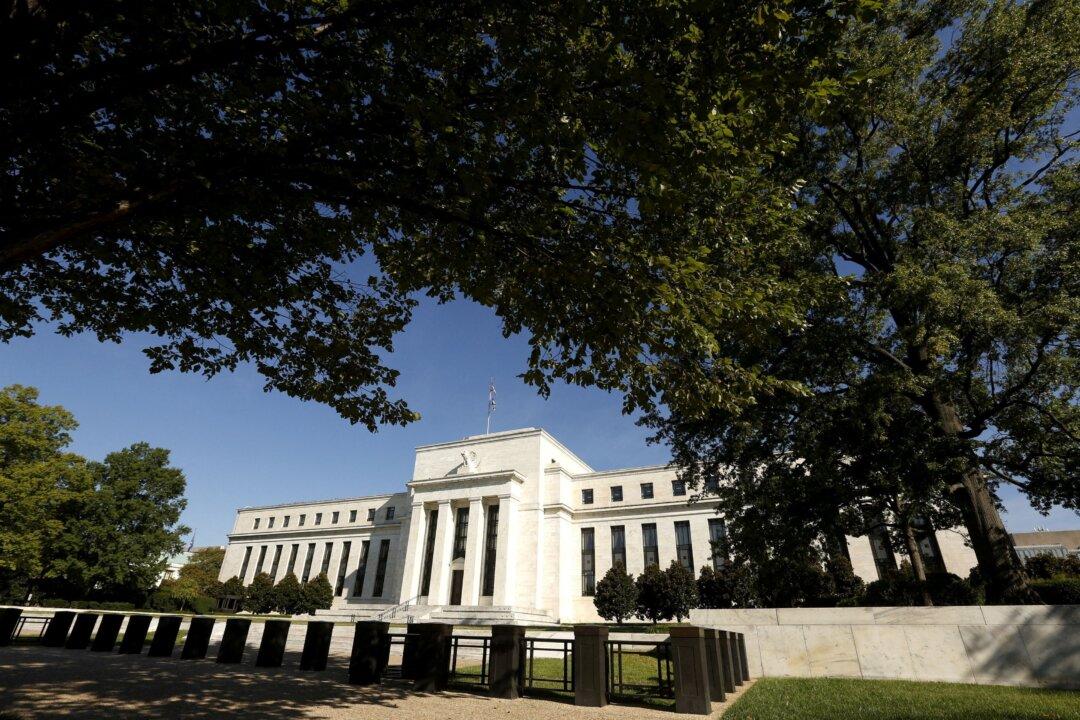Federal Reserve Chair Jerome Powell almost guaranteed that rate increases were coming, but the “implications for the U.S. economy” from the Ukraine–Russia war “are highly uncertain.”
Speaking to House and Senate committees, the head of the central bank anticipated quarter-percentage-point increases ahead. Powell conceded that there would always be the possibility that the Fed could accelerate rate hikes should inflation spiral out of control.





